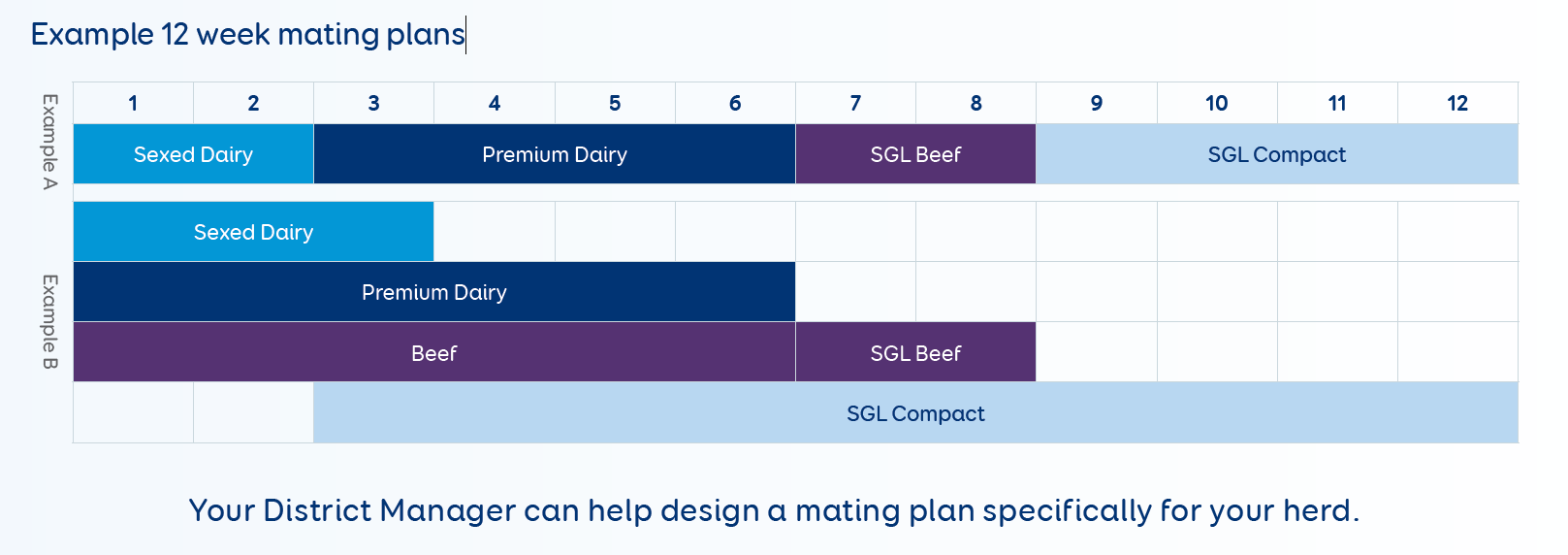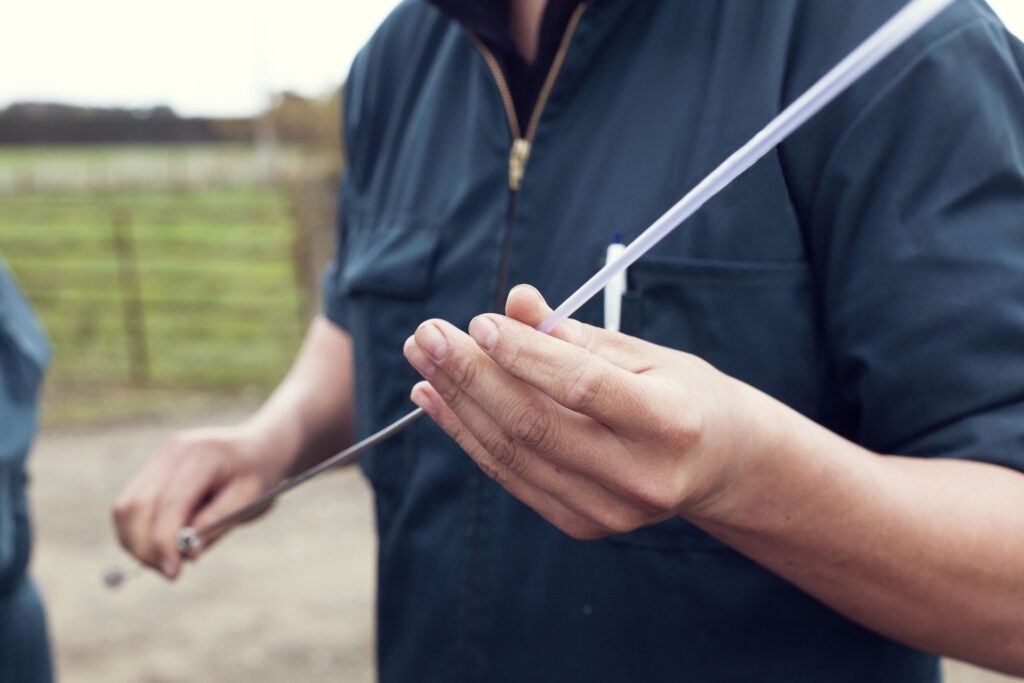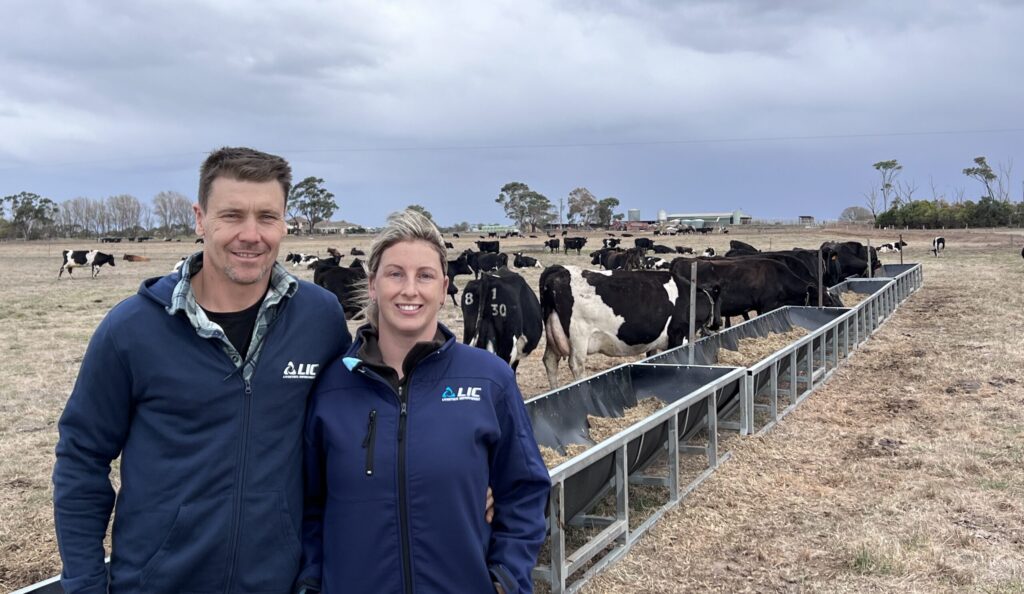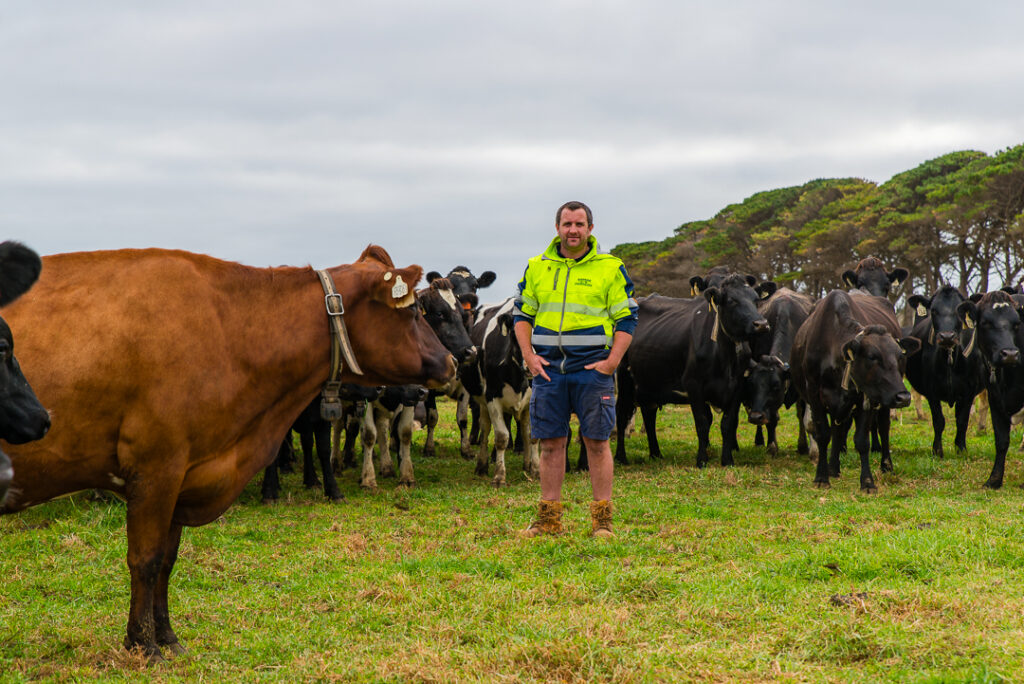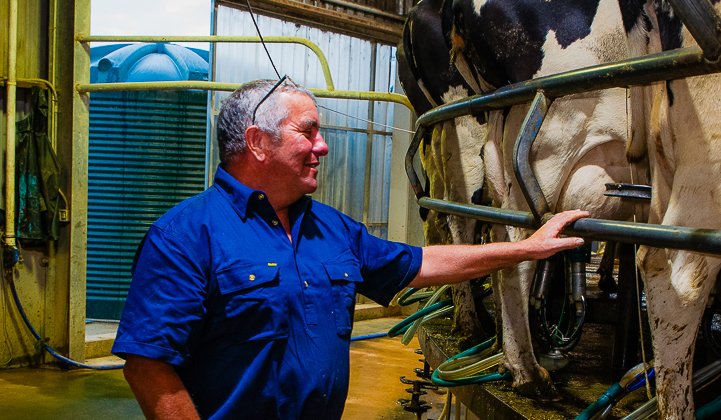Late-calving cows have significantly lower survival rates in the herd. They also contribute to lost days in milk, increased labour for managing cows yet to calve, extended time rearing and holding calves on-farm, and greater pressure on natural mating bulls due to a larger number of cows needing service.
As block calvers we are in the race against time every year. There are 12 weeks between the start of calving and start of mating. Meaning cows need to calve, resume cycling, be mated and conceive within 12 weeks to retain a 365 day calving interval. This effectively limits the mating period to less than 12 weeks.
Cows have a limited number of opportunities to get in calf in 12 weeks. On average, cows cycle every 18-24 days, and most herds have a conception rate of between 50-60% in New Zealand.
In a block calving herd
– Cows mated in the first two weeks of mating will get up to four chances to conceive.
– Those not mated by the end of week two only have three chances at best.
– If heats are missed or cows are late cycling, some will get only one or two opportunities to conceive.
Our early calving cows have an advantage
– An early-calving cow has more time to recover postpartum.
– They have the opportunity for a ‘practice cycle’ or ‘pre mating heat’.
– Second and subsequent heats generally are more fertile than a first heat post-calving.
– Research shows, that cows calved in the first six weeks perform better at the subsequent mating for both 6 week in-calf rate and empty rate – winning the ‘race against time’.
Plan for Success
Farmers throughout New Zealand and Australia are leveraging SGL semen to maximise herd productivity, improve profitability, and streamline calving management. Whether it’s getting late-calving cows back-on-track or optimising whole herd performance, Short Gestation Compact is a proven, results-driven solution.
The popularity of LIC’s short gestation length semen has never been so high, with the most recent season (2023-24) delivering nearly 2 million extra days in milk across the industry in NZ. Nationally, that’s around $37m of extra farmer income.
Mating plans
Tactical use of replacement and non-replacement straws can help you achieve your herd improvement goals, as well as increase income the following year. Using Beef and SGL Compact® straws together in a mating plan helps ensure you effectively increase returns from using Premium Sexed or Conventional semen.
SGL Compact®
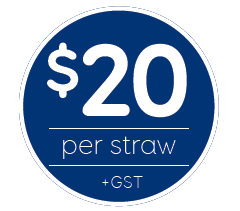

1. Creaming it with more days in milk
Maximise value from lower genetic merit cows through extended days in milk by using Short Gestation Length (SGL) bulls, which can reduce gestation by up to 12 days.
And the sooner the cow calves, the sooner she’ll be back in the shed making milk.
Increasing days in milk is one of the most effective ways to improve productivity, increasing kilograms of milksolids (kgMS) per cow.
The days in milk opportunity
12 extra days milking per cow at 1.87kg MS/day and a $8.50 payout = $190 per cow.
If 80 cows calve to SGL, that’s extra income.
2. Multiple fertility advantages
A tighter calving spread means more recovery time between calving and the planned start of mating. This reduces late-season challenges, minimises interventions, and simplifies workload.
Earlier-calving cows have more time to start cycling and regain BCS before mating, improving conception rates and the six-week in calf rate.
Save more of your late calving cows. Tactical use of SGL can help save a good young cow which has cycled late this season, meaning her calving can be brought forward into the replacement AI window next season. This helps maintain optimum herd age structure and productivity.
3. No bull – fewer hassles
SGL semen is a cost-effective alternative to using natural mate bulls during the tail-end of mating.
SGL straws are usually a more cost-effective option compared to leasing, purchasing, and feeding stock bulls.
Artificial breeding also reduces the risks and costs associated with bull fertility, biosecurity, staff health & safety, performance breakdown, and farm damage.
